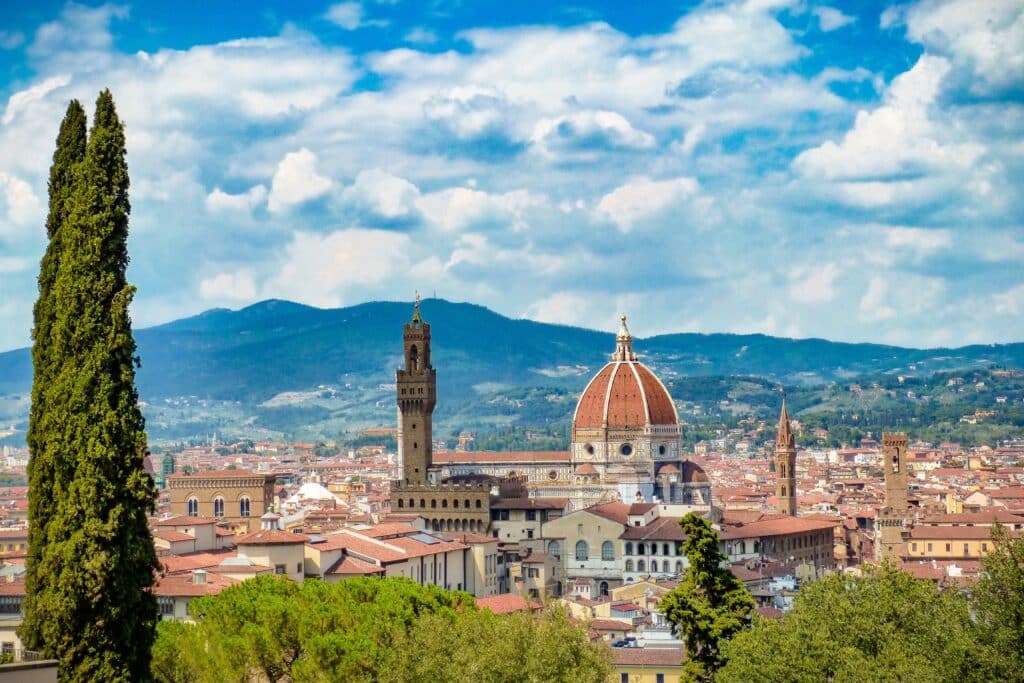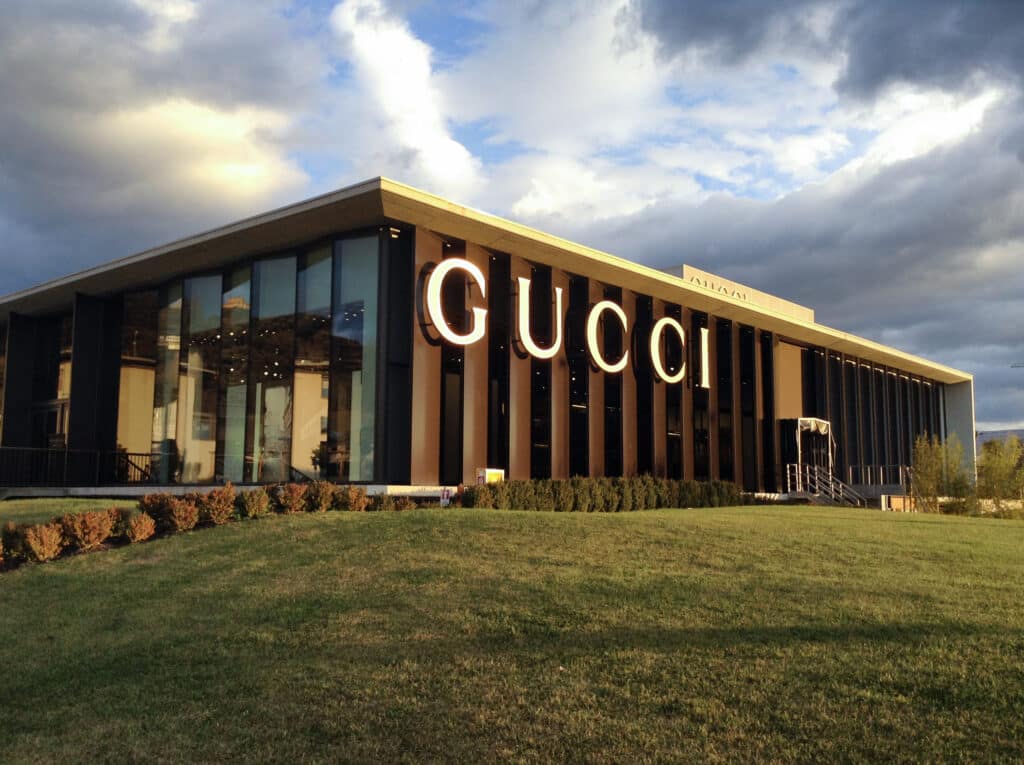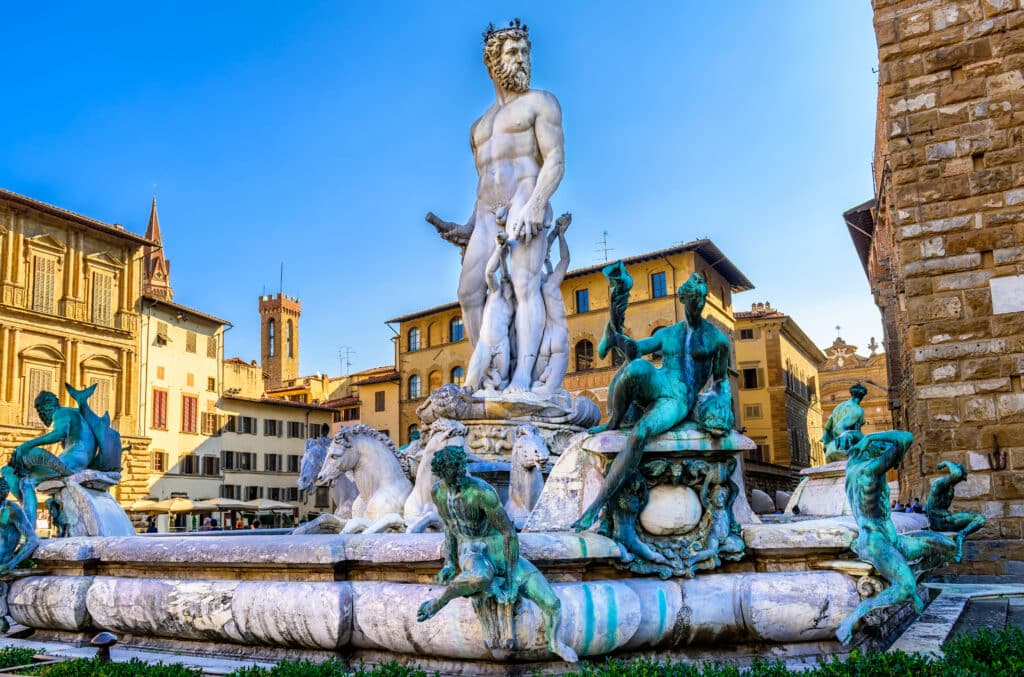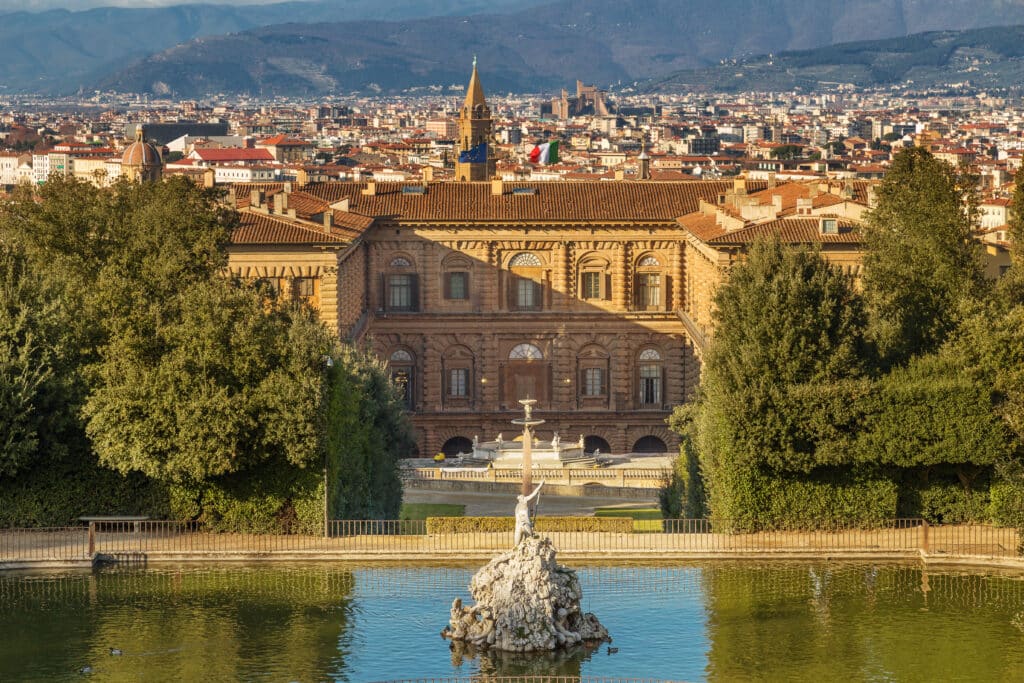The Duomo is just a 7-minute walk from us… The metropolitan cathedral of Santa Maria del Fiore , commonly known as the Duomo of Florence , is the principal church of Florence, the symbol of the city and one of the most famous in Italy. When it was completed in the fifteenth century, it was the largest church in the world, and can still boast the absolute primacy of the largest masonry dome. It stands on the foundations of the ancient cathedral of Florence, the church of Santa Reparata. The layout of the Cathedral is composed of a basilica body with three naves welded to an enormous triconch rotunda that supports the immense dome designed by Brunelleschi , the largest masonry dome ever built. Inside you can see the largest surface ever decorated with frescoes : 3600 m² , executed between 1572 – 1579 by Giorgio Vasari and Federico Zuccari . At the base of the marble lantern , there is a panoramic terrace over the city located 91 meters above the ground. The facade of the Cathedral in polychrome marble is from the modern era, dating back to 1887 and designed by Emilio de Fabris , and is an important example of neo-Gothic style in Italy.
Florence

The Duomo

The Uffizi Gallery

San Lorenzo Market

Mercato Centrale

Basilica of San Lorenzo

Luxury Outlets

Fortezza da Basso

Piazza della Signoria

Ponte Vecchio

Palazzo Pitti

Church of San Miniato al Monte

